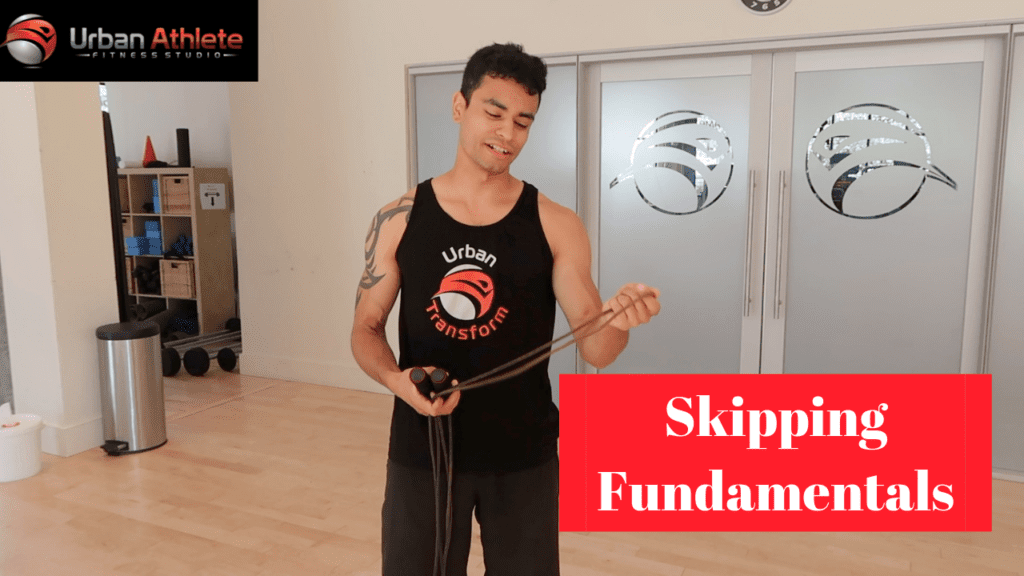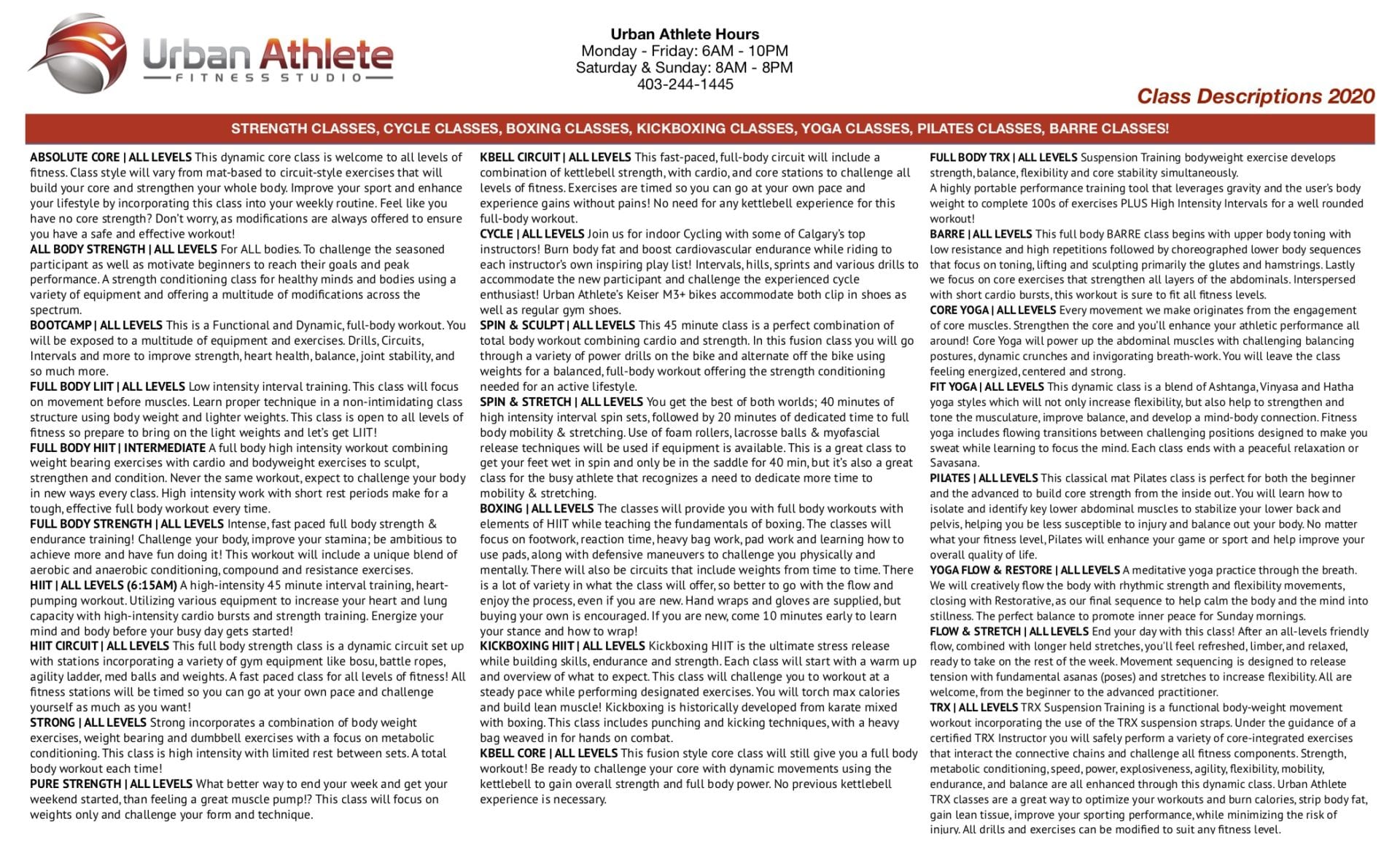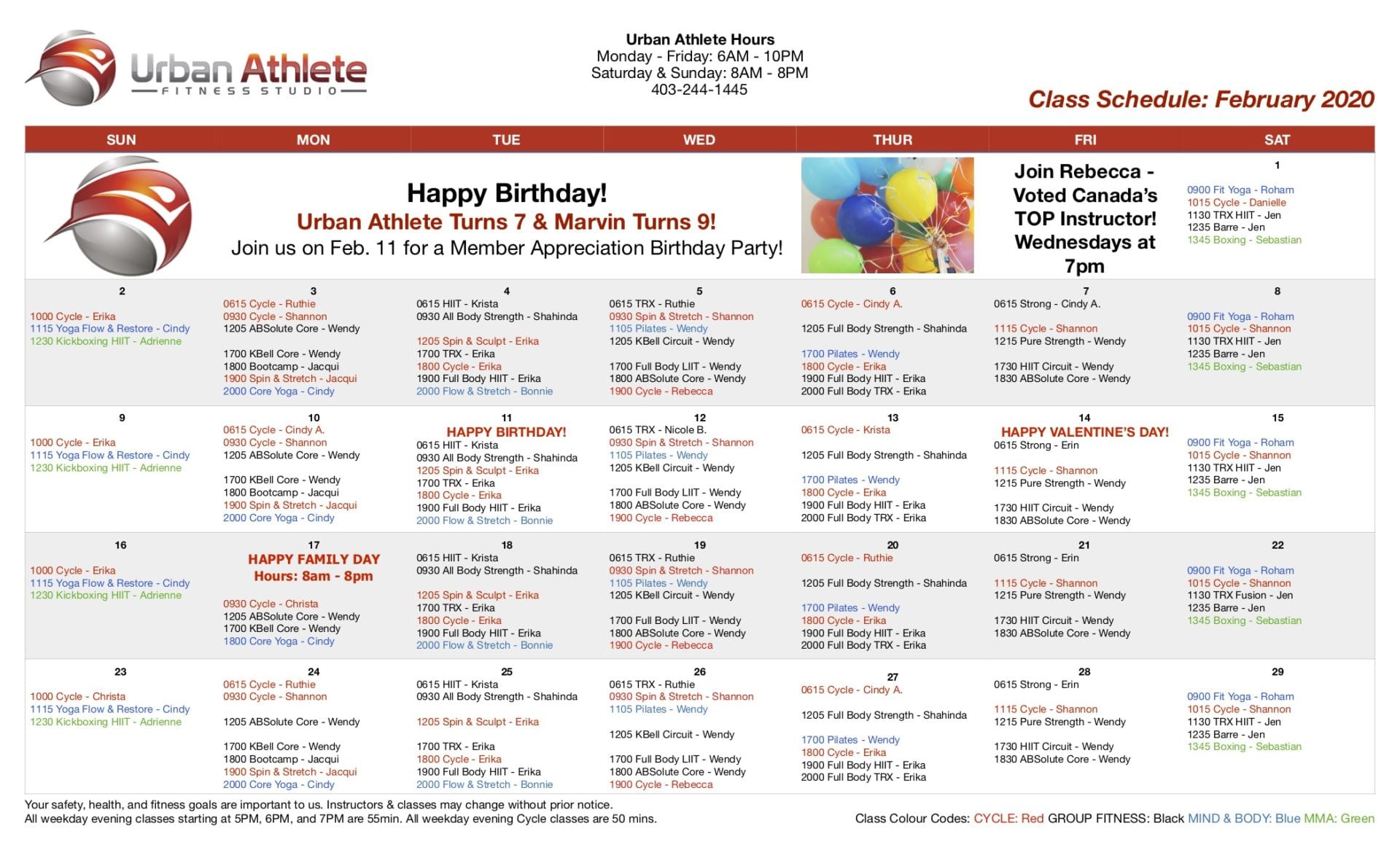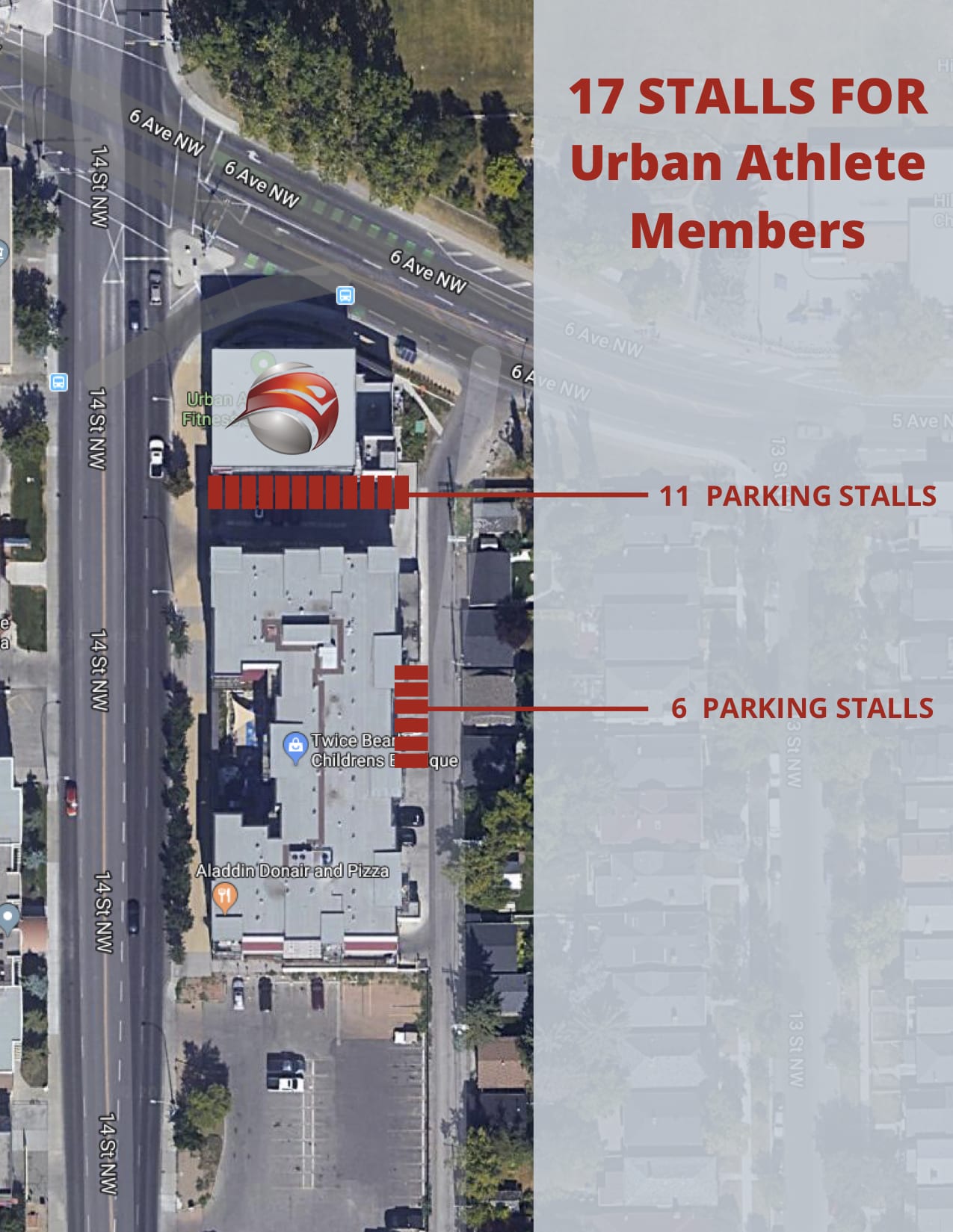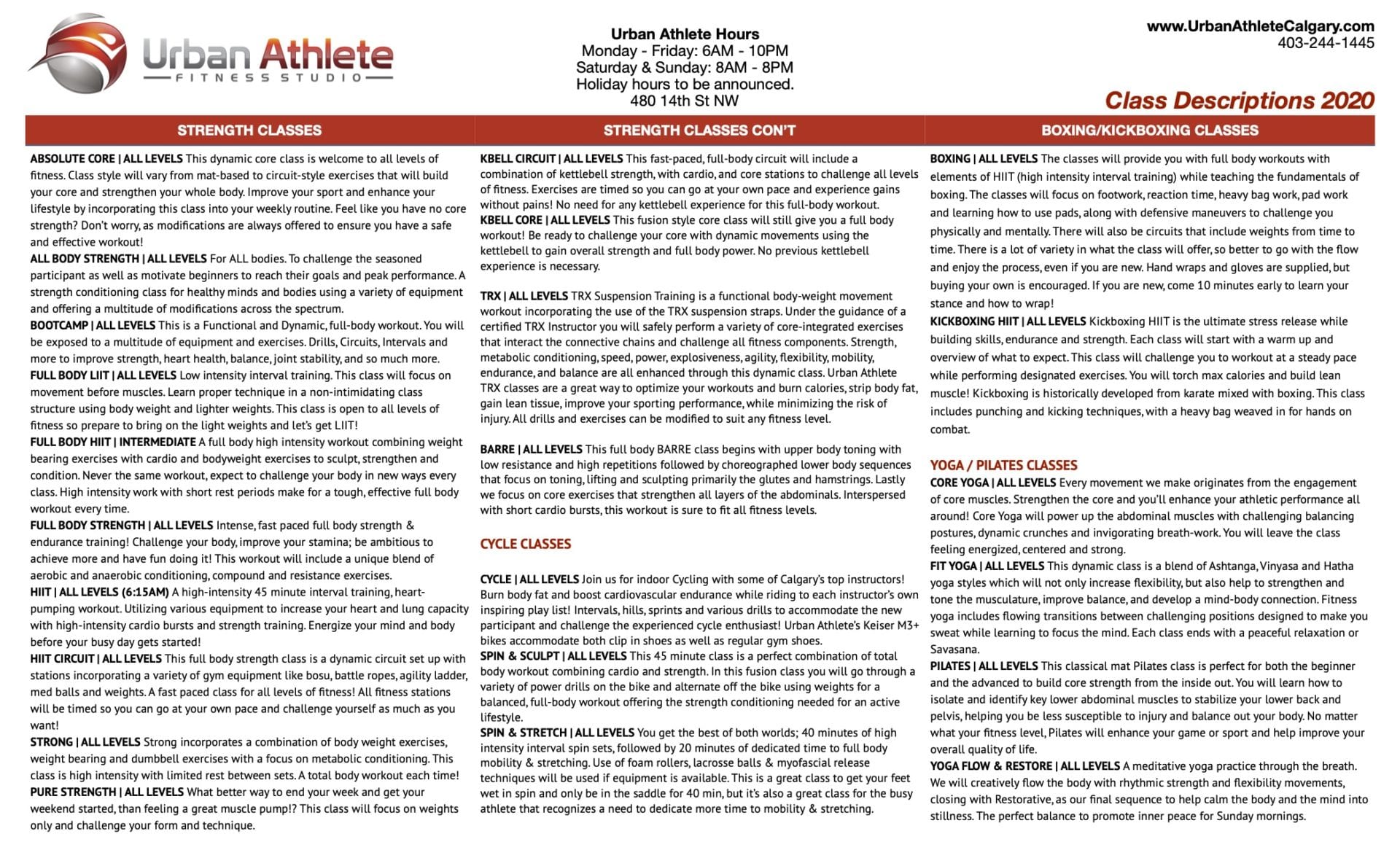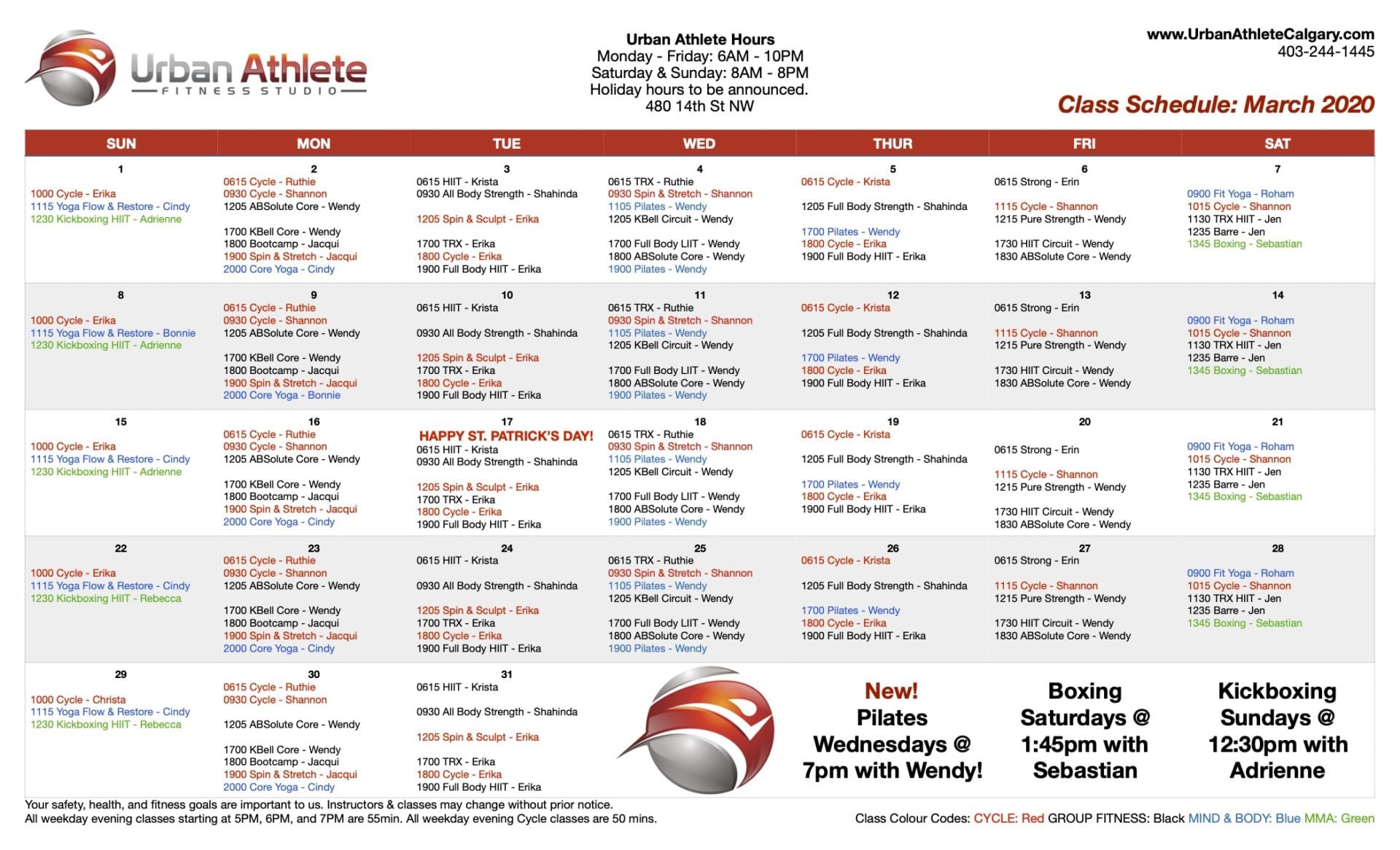In this video, Alejandro talks to us about skipping fundamentals.
Hi Gang. On request, I decided to provide a video on skipping! I love skipping! I have been skipping as long if not longer then I have been boxing, and I still enjoy it, especially since I started trying new tricks with it.
The reason I like it so much is because it reminds me of dancing, another favourite past-time of mine. Dancing is like an honest expression of ourselves, and I think some people have a hard time dancing for dancing’s sake; that is until they have a couple too many drinks, find themselves dancing on tables with strangers and belting out the lyrics to that song they know and love.
And let each day be a loss to us on which we did not dance once!
- Thus Spoke Zarathustra. Friedrich Nietzsche
While not that drastic, skipping is like dancing in disguise, out in the open. When a good funk tune comes on, I find I just flow and try to match it with my skipping.
Anyway, skipping carries many health benefits like building coordination, cognitive function like most exercise, cardiovascular development, and so on. It can be pretty challenging for a lot of people though. I have heard people saying they lack rhythm, are uncoordinated, that it hurts their feet, or straight up expressing that it is hard. Let me tell you, I have taught all kinds of people how to skip one-on-one, from 14 year olds to 60+, so it is possible, it just takes some gumption. Mindset is part of it too, after all if you think you can’t, then you can’t.
Here are some things to keep in mind:
Rope Selection
There are many ropes to select from. You got leather ropes, beaded, plastic/speed ropes, and wire ones. Even actual rope and chains can be used.
You remember those skip ropes you may of used in gym class? Those simple ones with no ball bearing and just plastic handles? Those are still really good and are some of my favourite ones to use. Ball bearing ropes are still great, but sometimes simple is all you need. Let me chat about each one respectively.
Leather Ropes: They are harder to spin, but if you want to work hard, they are probably the best ones to use. You have to exert a lot of energy to build a good rhythm as they don’t cut through the air as well as other ropes. On the other hand, a beginner might benefit from one as they move slowly through the air. They are also really durable, that is until you try skipping in -30 outside multiple times and they freeze up and snap, which I definitely did not do.
Speed/Plastic: Probably the most common rope you will see at a gym or boxing club, and for good reason. They strike the right balance of weight and spin, or cutting. If you get a rope, longer is better as you can always cut the size down. Most plastic ropes are held in the handle by a clip, which can be removed for re-sizing. These will either be ball-bearing or simple handles.
Wire: These are less common, probably found at Crossfit boxes. These guys are light, yet dense, so they spin incredibly fast. I would say these are really advanced. Also, hurts like hell when you mess up and it hits your face. It can even feel like you are getting hit by this guy:
Beaded/Weighted: Beaded ones are a little heavy, and are common for kids to skip with in elementary, at least from what I remember. Funny enough, I would say these are great for beginners. Maybe not for endurance as it will get tiring faster, but for cutting and getting under the rope it is. The weight of the rope will allow for the clearance you want as you jump over it. Before it reaches your head, it slows a little like a leather rope, but will descend faster once it passes your head, so it doesn’t require as much effort as you would think. The weighted handle ropes I wouldn’t recommend. The weight of the handle actually impacts the durability of the rope where the ends of the handle are, so you will more than likely break the rope there.
Buddy Lee has some really great ropes that spin well, and are a good weight as well.
Sizing your rope
Once you select your rope, place it under your feet bringing the handles to your armpits. If the handles reach your armpits, then you found your rope. If it is your own rope, and it reaches an inch or so above your armpit, then I would still say it is an alright size.
If you are below 5’5, you are more then likely going to need a 2.4m, or 8 foot rope. If 8 footers aren’t available, a 9 footer works as you can cut and measure.
If you are 5’6 to about 5’10, a 2.8m or a 9 foot rope will be good to start from. If you notice that it feels a bit short after executing it with short hops and such, then perhaps get a 3m rope and cut down.
There are 8.5 foot ropes you can get as well if you need a middle ground.
And lastly, if you are above 6 feet, a 3m or 10 foot rope will be good to start with. There are larger sizes, and you can also find 9.5 foot ropes, so you can always try those.
As you progress in skipping, you will find that many sizes will work for you.
I am 5’6 and like using longer ropes for example, and I know a taller gent that likes shorter ropes.
So these are recommended starting sizes, but can change as you keep it up.
Execution: So essentially, to execute, you take your rope and throw it with abandon at whatever you are aiming at with the handle making contact while holding the other end…
For real though, to start with, you have three things to keep in mind.
- Short hops on the balls of your feet
- Slightly bent knees
- Wrists are moving and doing all the work.
You only need a little bit of clearance for the rope to pass, so practice little jumps on the balls of your feet without a rope. You can also work in a rhythm with your wrists moving too.
Keep your knees relaxed and slightly bent as you land on your feet, this is to ensure you don’t bang up your joints as you land. Skipping is a high impact activity, so warm up your ankles, feet and hips accordingly. Exercises like squats and lunges would be good at bodyweight.
Try these beforehand:
Ankle circles x 10-20 per side
Calf Raises x 20 reps
Ankle Flexion x 10 per side.
Your wrists are the major mover of the rope, so keep your shoulder blades tucked downward, think open chest, and have your hands down by your hips. You want your hands about a foot away from your sides. And then rotate your wrists. Like I said, practice without a rope so you can match the rhythm with your feet. You want to spin the rope as fast as you can jump. Just like boxing, you move with your feet first, then your hands follow.
That about covers it, the basics of skipping. Skipping is nice to add to a HIIT workout, or if you are strapped for time and don’t have time for a run or bike ride. A study done by John A. Baker at Harvard University showed that there is a similar if not the same benefit to our cardiovascular efficiency when you skip for ten minutes and when you jog for thirty minutes (Baker, 1968^1). The whole 10 minutes of skipping versus 30 minutes of jogging? That was this study alright.
Another thing to note for all the athletes in the house is the improvements it can make with your Stretch-shortening cycle (SSC). The basic muscle function is defined as the stretch-shortening cycle (SSC), where the pre-activated muscle is first stretched (eccentric action) and then followed by the shortening (concentric) action (Komi, 2012^2). SSC is the basis behind plyometric training. Another study done by these researchers in Japan assessed the benefits for athletes looking to incorporate plyometrics in their training, with skipping being a great boon (Miyguchi, 2013^3). So skipping can be helpful for those looking to improve their speed and or power.
There are many ways to enjoy exercising, and to move. Explore as much as you like, skipping is one in a sea of possibilities to enjoy the exploration of our own physical potential.
By Alejandro Melgar
1 John A. Baker (1968) Comparison of Rope Skipping and Jogging as Methods of Improving Cardiovascular Efficiency of College Men, Research Quarterly. American Association for Health, Physical Education and Recreation, 39:2, 240-243, DOI: 10.1080/10671188.1968.10618043
2 Nicol, C., Avela, J. & Komi, P.V. Sports Med (2006) 36: 977. https://link.springer.com/article/10.2165/00007256-200636110-00004
3 Miyaguchi, A, Sugiura, H, and Demura, S. Possibility of stretch-shortening cycle movement training using a jump rope. J Strength Cond Res 28(3): 700–705, 2014 doi: 10.1519/JSC.0b013e3182a0c9a5

